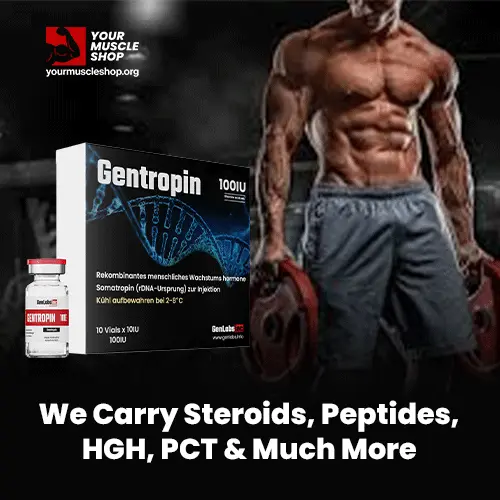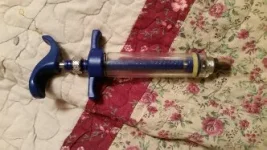El Pezidente
New member
Believe it or not the Foxx 0.45 PES can take 250mg (1% BA, 10% BB) enanthate in GSO or MCT oil like a it's a big gulp. I wouldn't rely on 0.22 but you'd probably be OK with it. I am not sure why nylon isn't rated higher. For chemikaze's using Guiacol or other potent solvents I used to say PVDF but Millipores bottle unit's IMO have been shitty whereas I have beaten the living dogshit out of Zapcaps and they overperform by 50%+ .Hi guys,
The texture of syringe filters include Nylon, PVDF, PTFE, MCE, CA, Glass Fiber, PP, PES.
When choosing the texture of syringe filters, we need to consider pore diameter, chemical resistance( if can resist all carrier oils and solvents), oil-based or water-based solution, and etc.
Here are the pore diameter of common syringe filters.
Pore diameter:
Nylon, PVDF, PTFE, MCE, CA, PP, PES: 0.22um, 0.45um
Glass Fiber: 0.7um, 1.2um
Here are some common questions we enounter when choosing proper syringe filters?
1. Is it necessary to have a 0.22 um to have a sterile solution or the 0.45 um gives acceptable results concerning the dangers of bacteria ?
2. What is the average filtering time per 100ml oil-based injections and water-based injections? What carrier oil you use?
3. Warming your injection will make filtering much easier. What is the filtering time difference between warmed and unwarmed oil?
4. Which membrane are the best for a steroid based solution? Oil-based and water-based.
Here is the chemical resistance chart of Whatman syringe filters/filter membranes.
Nylon PVDF PTFE MCE CA Glass Fiber PP PES
Benzyl Alcohol LR R R R LR R R NR
R=Resistant
LR=Limited Resistance
NR=Not Resistant
I would like to answer the above questions with my shallow expertise.
1. 0.22 um is used for sterilizing-grade filtration. Literally speaking, getting rid of bacterials. 0.45um is used for clarification filtration and pre-filtration. Always stick to
0.22 um though more time-consuming. I want to correct my words in the past posts.
4. Just considering the pore diameter, Glass Fiber is out of the game. Then comes to chemical resistance, Nylone, CA, and PES are out of the game too. So the rest
options might be good for use: PVDF, PTFE, MCE, PP. But deeper consideration is: would these syringe filters not be eaten by other solvents(like BB, EO, guaiacol,
PS80), even carrier oils? As far as I know, sesame oil eats PES.
My provisional conclusion is: 0.22 um of PVDF, PTFE, MCE, PP are good for use. But it is a open proposition.
All MC bros are welcome to anwser these questions. Always glad to discuss this with all you guys.
PS:
Nylon: Nylon
PVDF: Polyvinylidene Fluoride
PTFE: Polyfluortetraethylene
MCE: Mixed Cellulose Ester
CA: Acetate Cellulose
Glass Fiber: Glass Fiber
PP: Polypropylene
PES: Polyether Sulfone
PTFE filters strong acids and & aldehydes.










